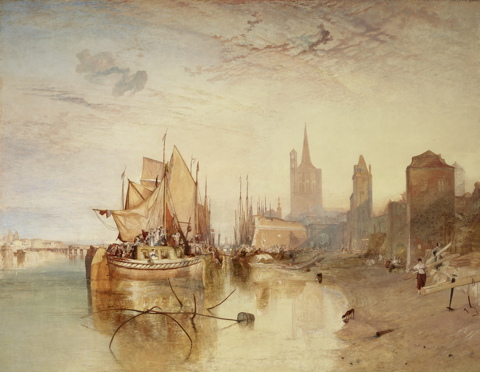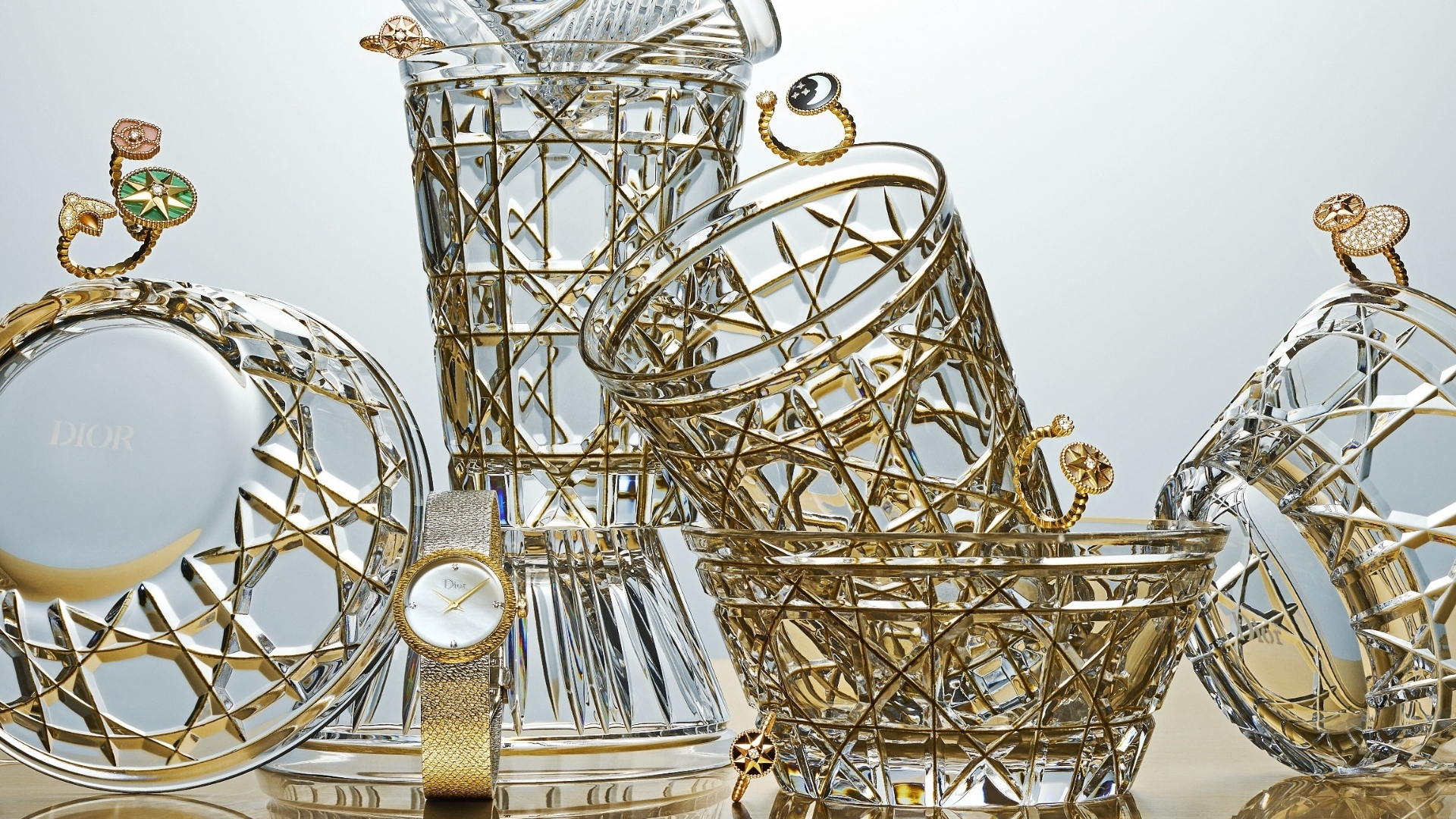Don’t Miss: Major Turner Exhibit at the Frick Opens on February 23

It’s been years in the making—the Frick’s first major Turner exhibition. And that’s big news for the museum, considering how Henry Clay Frick, whose glorious home and its extraordinary art works, became the Frick Collection in 1935, was a major collector of Turner (Joseph Mallord William Turner (1775–1851). Opening on February 23 and running through May 14, Turner’s Modern and Ancient Ports: Passages Through Time, promises to be a landmark event for the museum, displaying three monumental port scenes together for the first time, along with some thirty-five works from the 1810s through the late 1830s in oil, watercolor, and graphite that depict then-contemporary cities in England, France, and Germany, as well as imagined scenes set in the ancient world.

Why this is a big deal: Well, it is Turner, Britain’s greatest 19th century seascape and landscape painter! For the first time the exhibit will unite two of the museum’s important Turner paintings (Harbor of Dieppe of 1825 and Cologne, The Arrival of a Packet-Boat: Evening of 1826 with a closely related, unfinished, work from Tate Britain that depicts the modern harbor of Brest, called The Harbor of Brest. Turner, a big-time traveler and an artist with a deep fascination with light, topography, and local traditions, as well as with classical antiquity, brought an innovative approach to the depiction of both modern and ancient ports.

The importance of port paintings: A longstanding subject in art, the port, a place of arrival and departure, links a city’s interior with the open waters beyond, evoking a sense of journey and the passage of time. In the new exhibit there are also some two-dozen Turner’s watercolors, often made for series of prints for a growing class of leisure travelers in the post-Napoleonic era. Representing port towns and cities along the various waterways of the British Isles and Continental Europe, these small-scale works share with the grand harbors of the 1820s their picturesque subject matter and formal qualities of composition and color. The dazzling effects of light and color that Turner achieved in watercolor informed his work on canvas, resulting in a freer approach to his use of materials and painting technique, as seen in the Frick pictures and in the ancient scenes.












